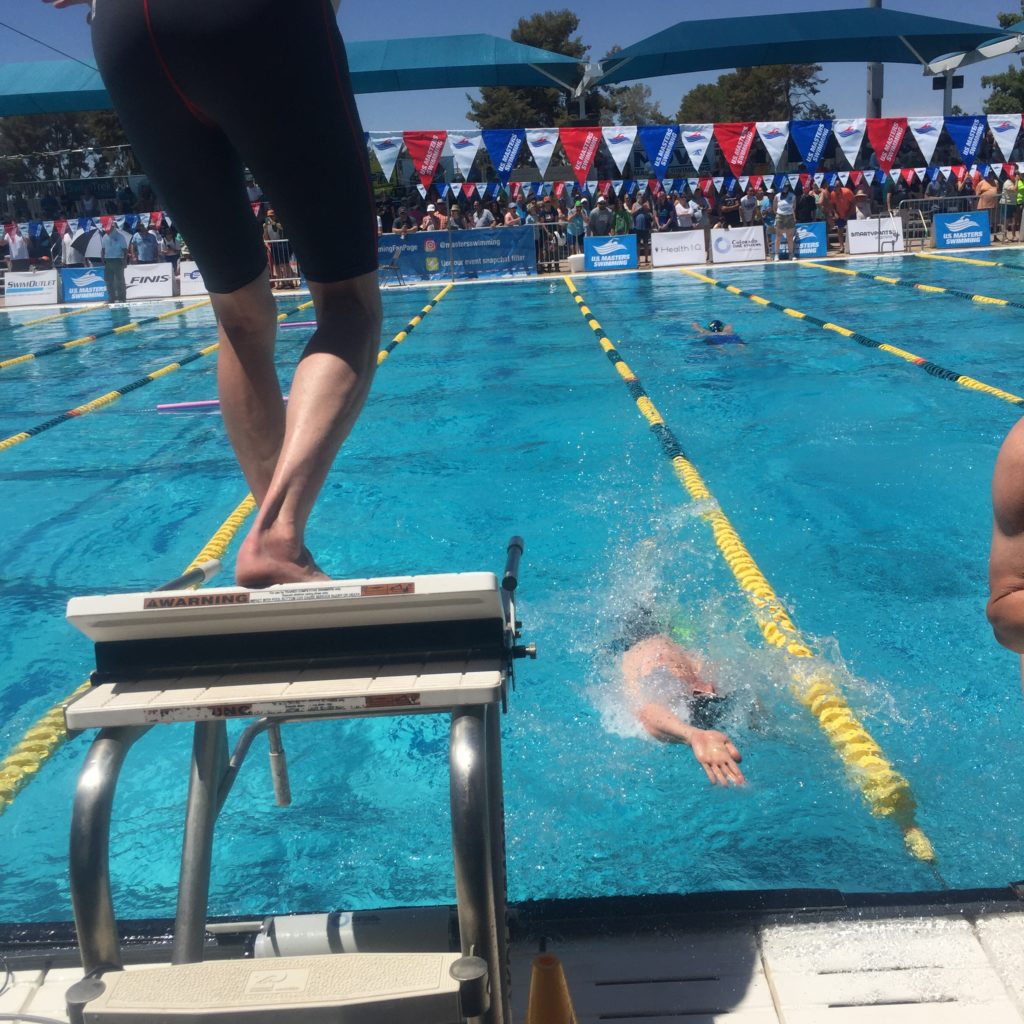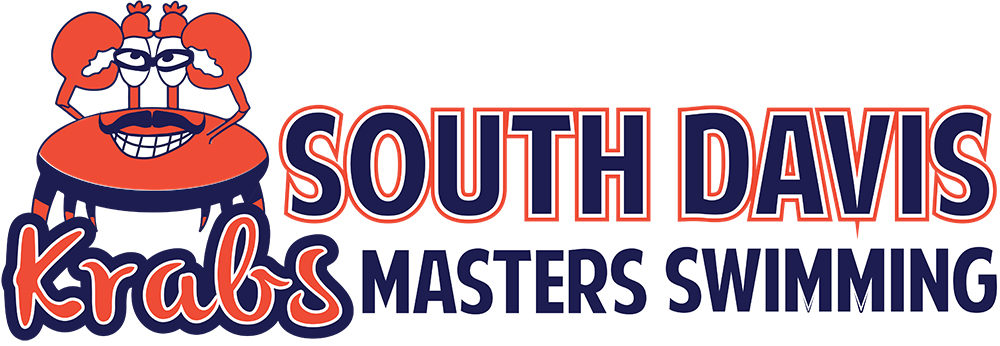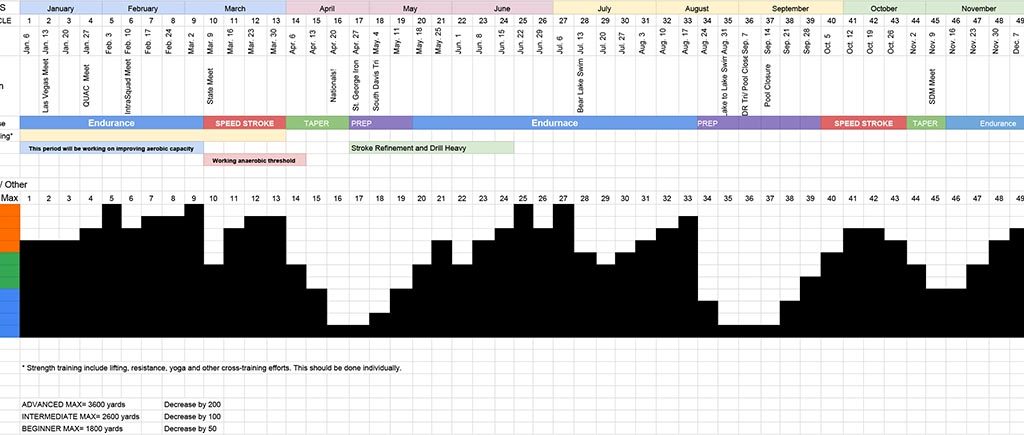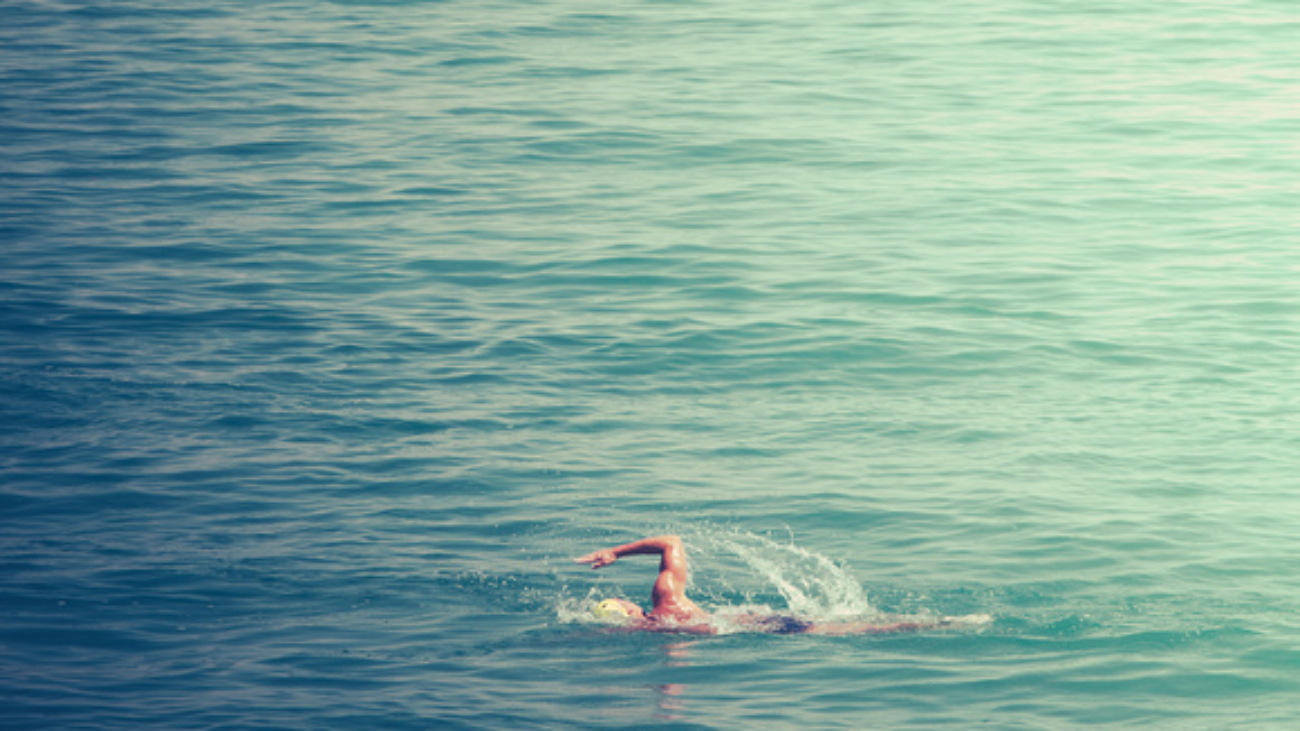*New* Coordinated Coaching Plan!
2020 offers us a new year a new decade and new coaching plan!
As an effort to increase the quality of coaching and meet the needs of our swimmers we are excited to announce that we have developed a coordinated coaching plan for South Davis Masters!
Why a coordinated coaching plan?
In September of 2019, we collected surveys from the team members to see how we as coaches can serve each of the members better.
From practice times changes to ideas of what works best for each swimmer – we have listened and are changing some coaching methods that we feel will help each swimmer reach their individual goals within the team setting. While some ideas are still in the works, one we have begun to implement is the Coordinated Coaching Plan.
Many expressed their appreciation for the effort in coaching, but wanted to get a little more feedback and overall a more structured training plan. We want to provide the highest quality workout for all of our swimmers and have coordinated with each South Davis coach to provide workouts that fit together and will provide a framework for stronger, faster swimmers. If you are a triathlete, a fitness swimmer or a swimmer who wants to compete- this training plan will help you get closer to your goal!
A Year of Swim Events!
The development process of the Coordinated Coaching Plan began with considering the many events our swimmers participate in each year. From the various swim meets, open water events and Utah triathlons, we considered each week and the timing leading up to each event. You will see appropriate workout loads and intensities that relate to each event and find that it will fit most athletes schedules.
What do you need to do to participate?
Simply come swim! Each workout by our SDM coaches will be based on that week’s goals.
When you refer to the Coordinated Coaching Plan you will see there are specific periods for endurance, stroke and speed focuses as well as yardage estimates. There are also periods of taper, rest and technique.
We ask that swimmers be willing to try new things and deviate a little from their areas of comfort.

This is your 2020 Challenge
This is where you don’t shy away- we will modify each workout for each beginner, intermediate and advanced swimmer but this is our challenge to you. Try it, work hard and see the results! Following a year-long training plan will allow you to break through any plateau you may be on and help you to bring it to the next level. Even if you are just getting back to it, this plan will help guide you to your fitness goals!






